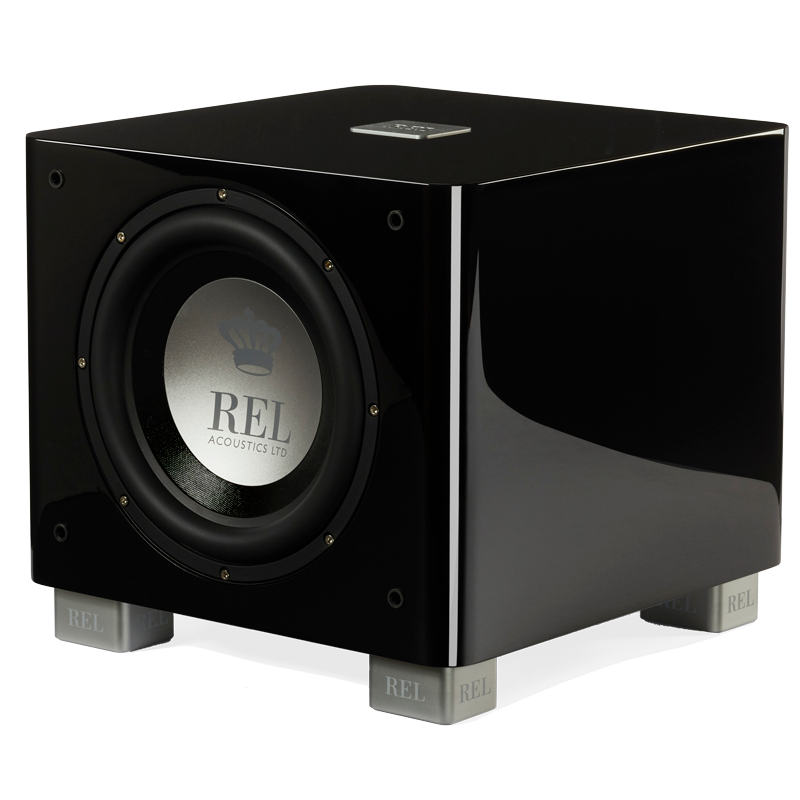Blog
Comparing REL’s Past & Present
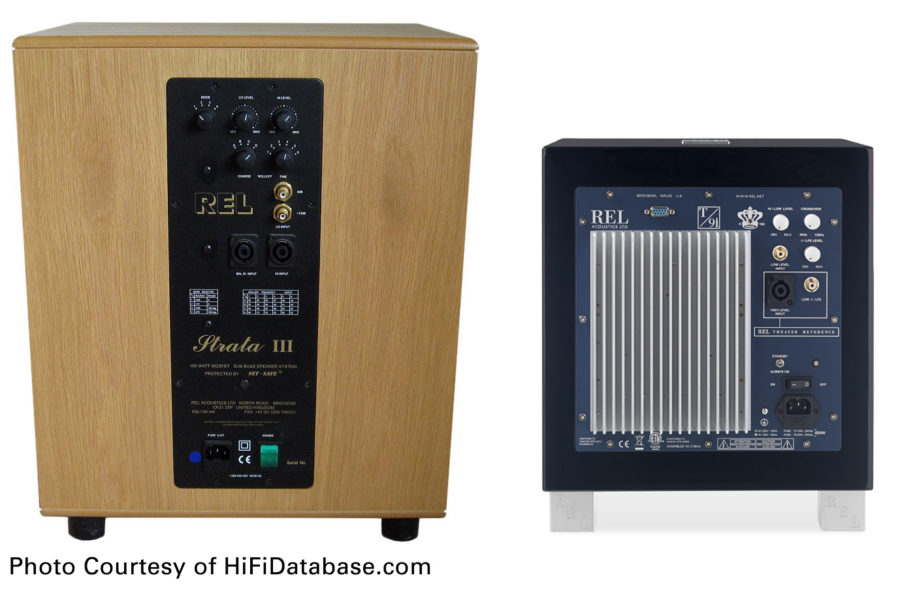
As a company, we look fondly back on our history while staying focused on the future, knowing that staying grounded in our core values keeps us from losing touch with our roots and what has repeatedly brought us success.
Maybe it’s my background as a history major, but I believe it is extremely important to keep a fresh, crisp perspective on your own history as well as take in with an unjaundiced eye on where the market is going and adapt. Stay alert, remain fresh in your approach and you will keep taking in lessons from the universe that, with your own unique vision folding into the mix makes for a company always looking to improve.
A Brief History on REL Acoustics Subwoofers
When we bought REL back in 2005, I said that we needed to do three important things to be successful going forward; make subwoofers faster, make sure RELs could play louder to catch up with the competition, and make subwoofers beautiful.
To see how we’re doing on this score I went back into notes I kept from a time prior to the modern era of REL and before the financial meltdown of 2008-2012 which lends most audio products of that era a sort of golden glow as it bonds with memories of happy times. Good to honor the past, but also to separate, clear-eyed, the truth from the fantasy some 16 years distant.
A Look at the Strata III
The most direct comparison of current versus historic is the Strata III of 1998-2003 compared to today’s Serie T/9i. Both are/were priced in North America at $1299 ($1499 for the wood finishes some still clamor for and I’ll explain why it’s impractical in the extreme to produce wood finishes in today’s subwoofer market later). Mind you, that $1299 price does not take into account the inflation cost-adder that is necessary when comparing products of such widely varying eras. Were we to do so, it would put the Strata III (adjusted for inflation, current price of the STIII would be $2050 and $2350 in wood veneers source) at a considerable disadvantage and as you’ll see, the comparison isn’t kind to the older model in the least.
Comparing Old REL Versus New REL
Strata III: The Old
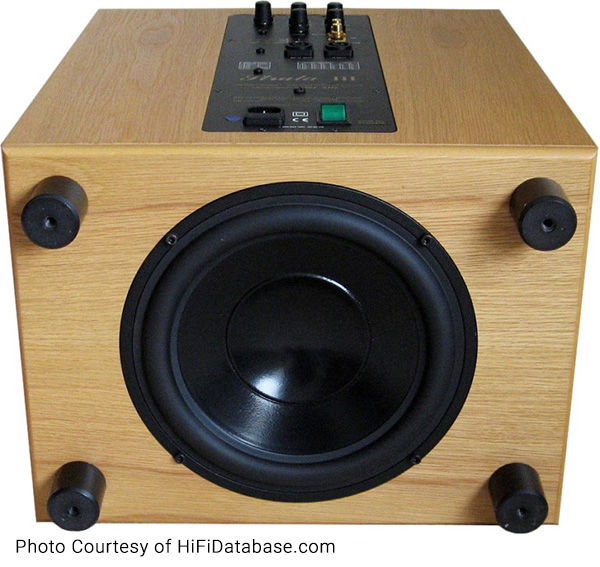
The Strata III was where quality offerings from REL started in most markets back in 1998. It offered a medium-sized (for the day) cabinet, with an off-the-shelf 10” VIFA driver, and an amplifier rated at 100 watts. Today most people would be astonished by its large scale–society’s ideas of subwoofer size have evolved toward placing a premium on compactness– and put off by the appearance of the Grittex Black paint and relatively lightweight build quality of the older model. The input filters of the day measured in at a relatively fast-for-the-day 16 millisconds of group delay (this information passed on to me in conversation with Richard Lord at the time), but slower by 100% than modern RELs.
T/9i: The New
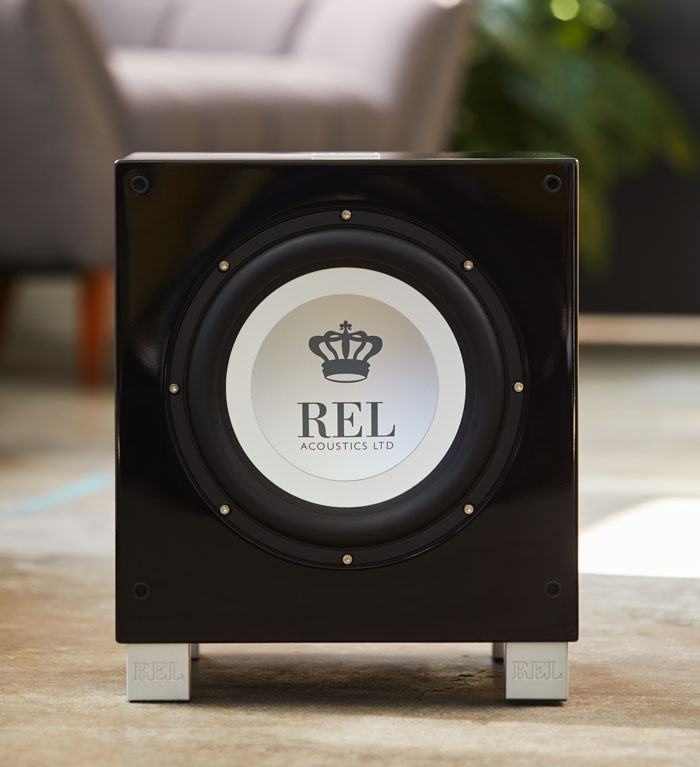
Today, the T/9i design brief calls for faster, more powerful and much deeper bass. All this in much more compact cabinets, demanded by our customers. While it’s pointless to argue aesthetic values, the current T/9i is right in step with the times and features a cabinet some 40% less by volume than the old STIII. It features a heavyweight 10” main driver and an additional downfiring 10” passive radiator purpose built and designed by REL, that can handle the conservatively rated powerful 300 W amplifier unique to REL that resides on its handsome navy blue rear panel. And in the matter of speed, the newer T/9i delivers 8 milliseconds of group delay.
Listening Comparison Strata III versus T/9i
Listening to the Strata III reveals a character that is relatively lightweight but warm, and as with all RELs, does service to music. But it does not go particularly deep—I recall running tests on one shortly after we received it and it was good down to around 34 Hz, measured the way we currently do which is considerably more stringent than standards applied back in the day. The current T/9i is claimed as only extending down to 28 Hz but, in fact does 26 Hz cleanly. As to output levels and speed, the old STIII tops out at a maximum clean output of 96db whereas the current T/9i can thunder along at 104 db.
Let’s put those performance criteria into real world terms. Remember, this design is competing at an inflation-adjusted basis at some 57% less expensive than the Strata III. Yet the T/9i plays more than 50% louder on peaks than its elder brother. And in a world of subwoofers, where a 3 hz difference in low bass extension is enough to define an entire price/performance class distinction, (as, for example, between current S and Reference ranges) the current T/9i delivers 8 hz deeper into the low bass than a Strata III. In this regard, the newer T/9i competes more directly with the then-$3,000 Stadium III model of that era than a Strata III.
Building for the Future of Audio
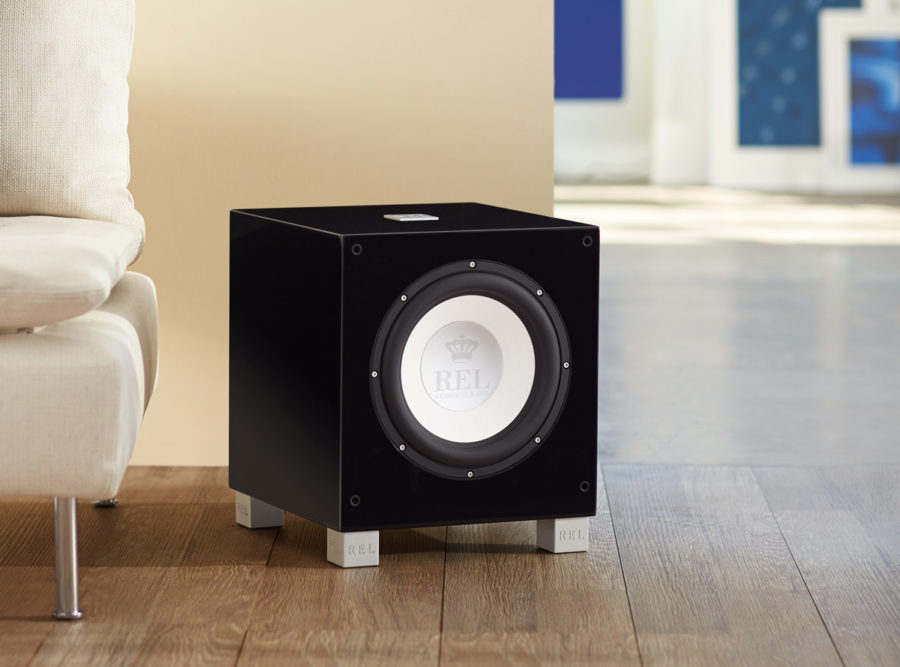
So the next time an older audiophile waxes nostalgic about his old REL from back in ‘Aught three, you can choose to either discuss the factual reality of it, or more likely, you can politely smile, nod and move on to listening to your new T/9i or T/7i or any other modern REL, secure in the knowledge that the company that builds both has its priorities squared away.
While we look to the past for respectful grounding in a rich, shared history we maintain our focus squarely on building better, finer offerings that take the best from our past and build forward those strengths into a very bright future. But please don’t try to tell our engineers or designers that the older products were “better”. In no objective or subjective performance sense is that open to serious discussion.
Why We No Longer Offer Wood-Finished Subwoofers
Finally, if you like wood God bless you. So do we, but we can’t economically build it. Some facts, over 80% of the units sold back then of Strata and Storm III were bought in Grittex Black. Turns out that $200 back then ($300 were it offered today) is a huge premium and only a small percentage of humanity cares enough to spend that much extra on beautiful wooden veneers. But what allowed wood to be offered back in 1998 (and 5 finishes was an insanely broad palette of choices even back then) was that about 80% of all wood subwoofers (remember, Grittex black even back then accounted for 80% of all sales, with all 5 veneers combining to make up the remaining 20%) and speakers at the time was cherry—a rare moment in history when one wood finish ruled design priorities in multiple markets around the world for well over a decade.
Today, there is absolutely zero consensus of what is considered an attractive wood from market to market. Scandinavia and Northern Europe strongly prefers light, blonde wood and white lacquer. Southern Europe is a polyglot mix with no clear preference that allows designers to deliver a preferred solution. North America leans toward richer, darker woods but again without consensus. And Asia strongly prefers dark tropical woods such as rosewood or ebony, however the variations in tint and hue of these makes them impossible to build since the rosewood veneer of, say, Monitor Audio bears little resemblance to that of Bowers and Wilkins.



